Today I'm going to continue with my adventure at the photo gallery, showing you scary insect photos :))) I mean the insects are scary, not the photos, so please understand it as I meant it :P

You had the first part of this series here, so a few of you know what to expect already. The rest of you, fasten your seat belts and take your heart pill as you might need it :) The first part of my series looked scary, but in fact, if you compare it with what you're going to see today, you will admit that it was just mild stuff, not at all scary. Ok, jokes aside, let's see what the second part looked like.
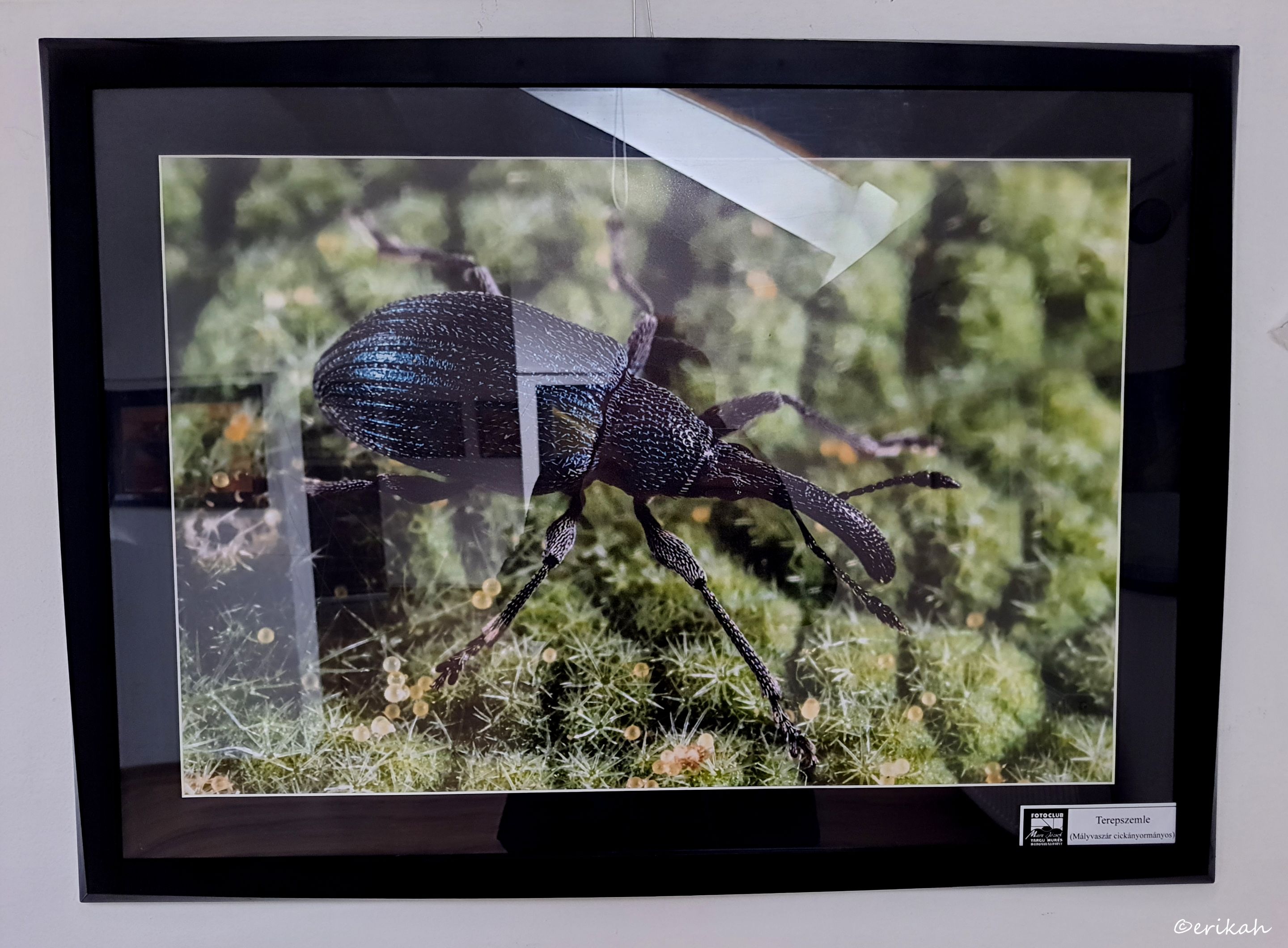
Field Survey - Alocentron Curvirostre
The first part of what you see above is the tile and it's a funny one. It's not uncommon to see this type of funny titling when it comes to photography exhibition and it adds a lot to thee experience. I like it.
Now if you try to put aside the reflection I had to deal with and look at the bug itself, you can see how interesting the head and the body is. I'm not passionate about them, nor in taking photos of them, but was thinking how interesting it would be to know what each one of these does and how they differ from one another.
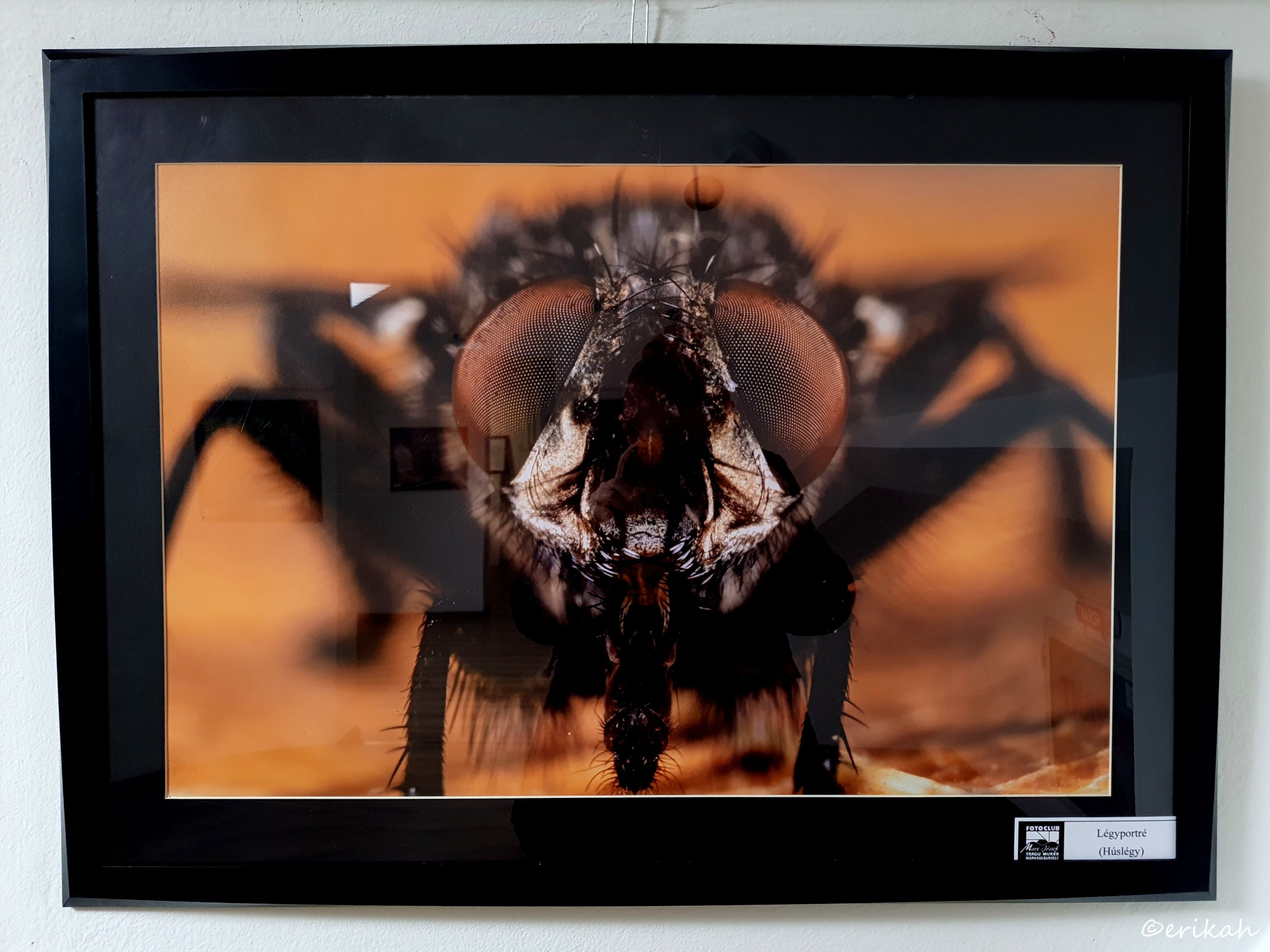
Fly Portrait - Flesh Fly (Sarcophagidae)
The original photo was a perfect one, scary too, but this is the best I could do. The funny thing is, you don't find these flies so scary in real life as they are small and you can't see the details with the naked eye. Most are not even bothered by them. Once you see a macro photo, your opinion may change. Obviously they are not going to hurt you instantly, but can affect your health quite a lot. I don't even want to think about it. Better keep them away from me :)

There were these three cool macro photos, but this was the only way of capturing them. The individual photos can only show my silhouette on them. Trust me, over the years I've tried every possible trick to avoid reflection. Sometimes I can find an angle, sometimes there's no way to take a half decent photo.
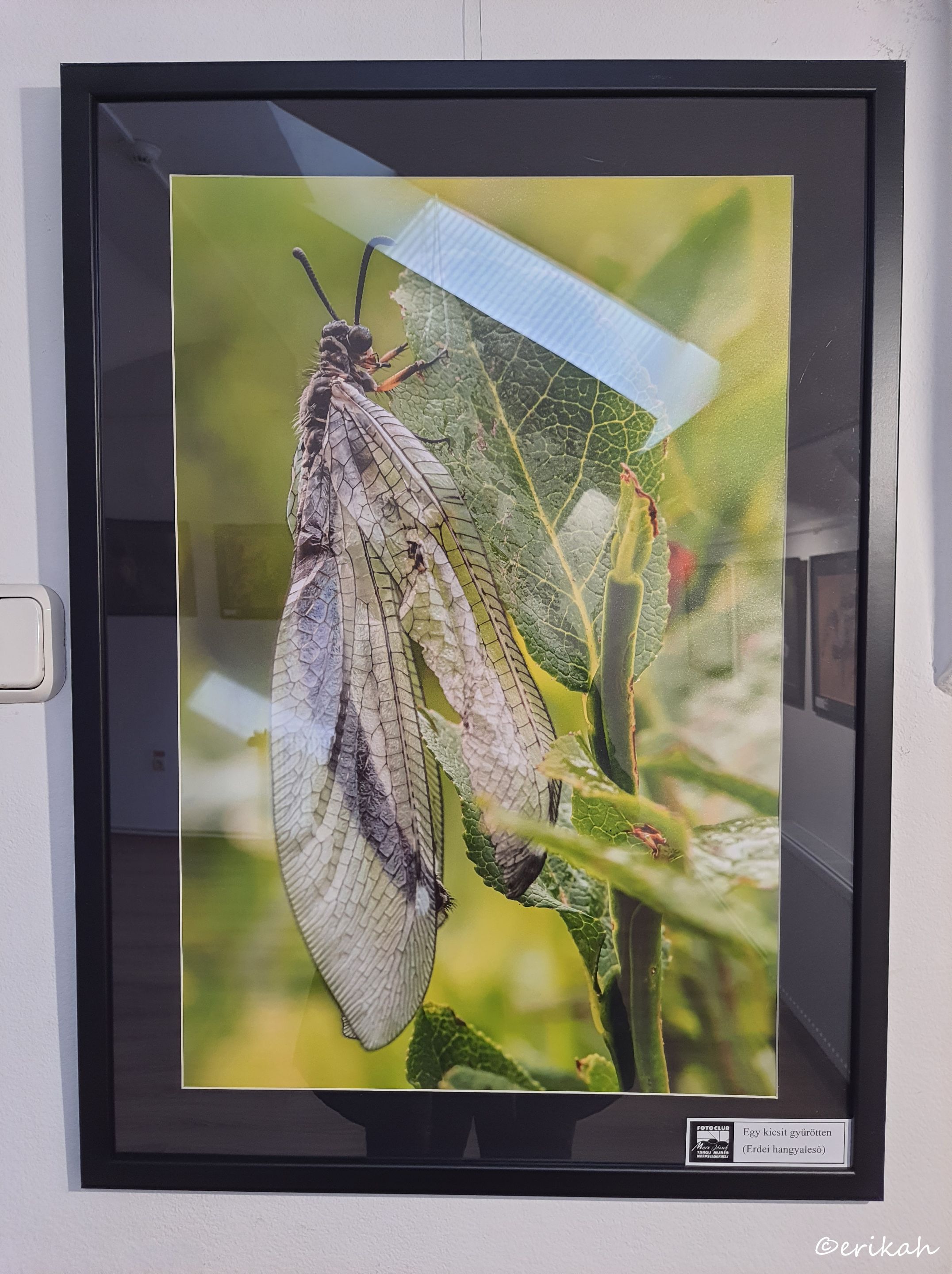
A Little Crumpled - Myrmeleon Formicarius
The word crumpled is referring to the wings of this creature. It seemed odd at the gallery, and I didn't know if this is what their wings look like, although I suspected it's not. What's happened to this creature? Why are its wings crumpled? Better yet, what are the chances to catch such a creature? I loved this for its uniqueness.

The World Is Spinning - Hylobius Abietis
As far as I can see, this creature was climbing up on a pine cone, most likely that's why the title.
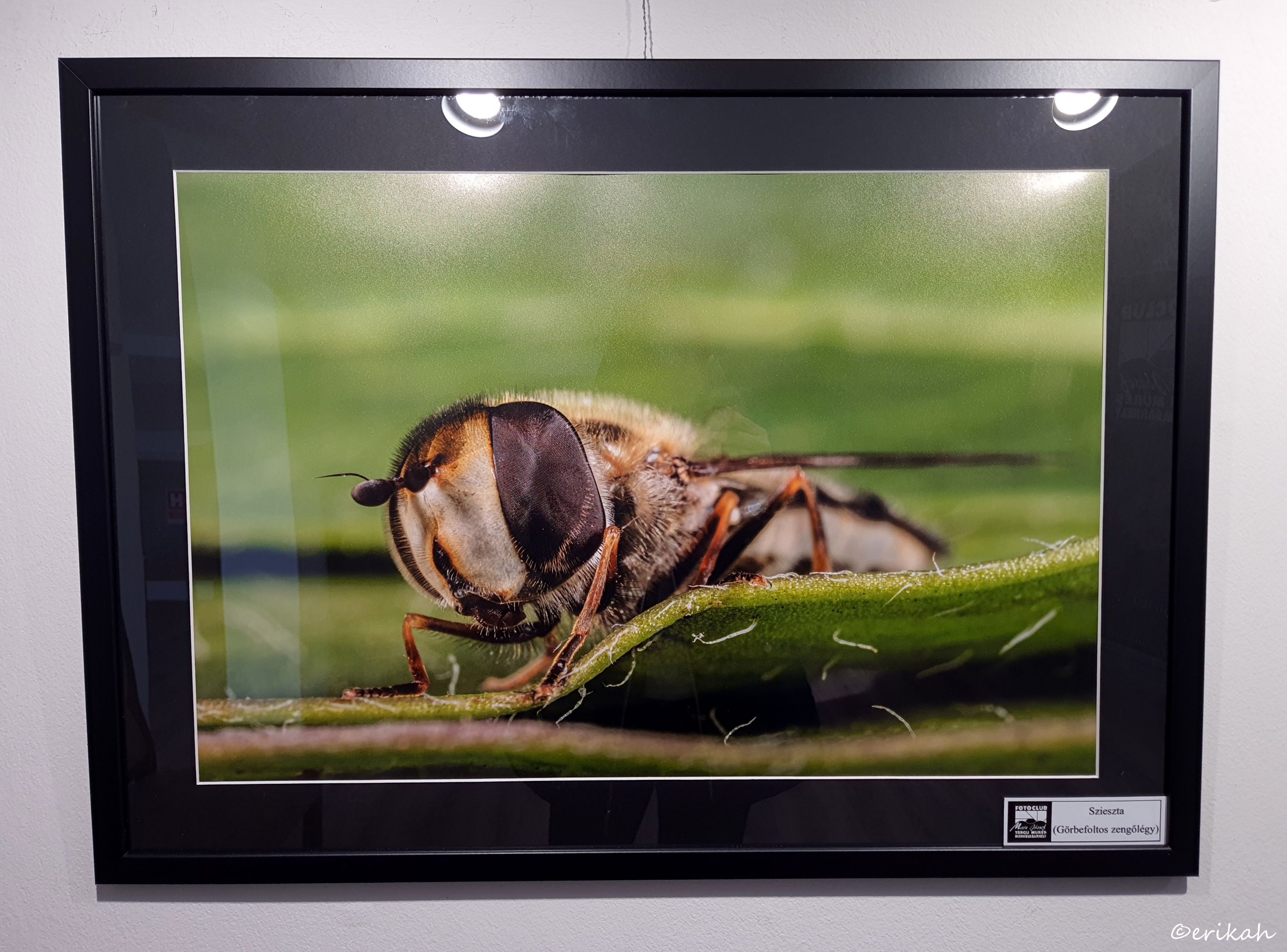
Siesta - Scaeva Pyrastri
Regardless of how much I don't like these creatures, the details of the photos are impressive. The more I look at the photos, the more I see what you have to go through to capture such a photo and trust me, a god camera is not enough. You can have the best equipment and still make bad photos.
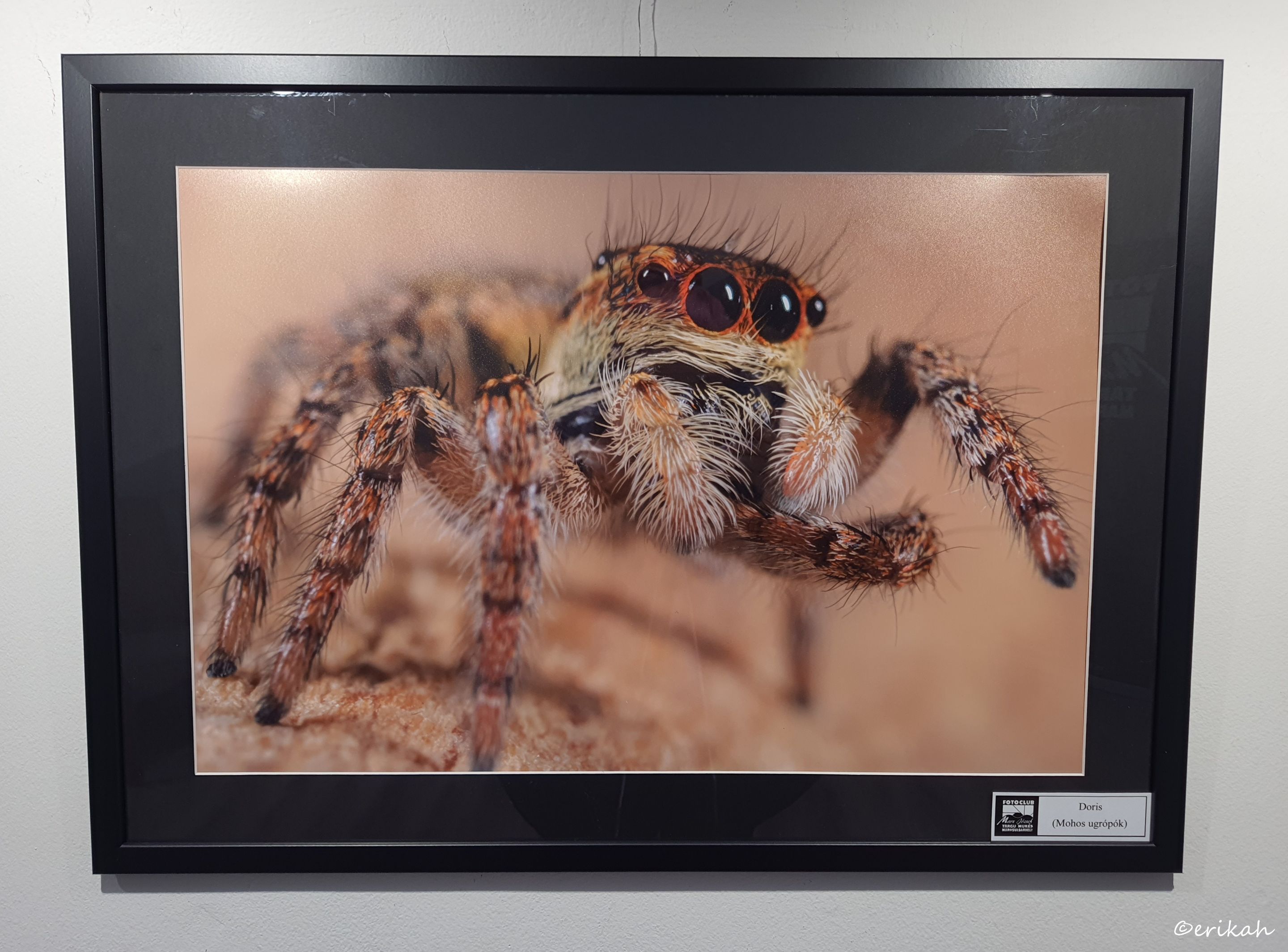
Doris - Marpissa Muscosa
This is the creature everyone loves to see on photos, but I bet not many wants a face to face with it. I wouldn't for sure. Most likely it can be found in my country too, but I personally haven't seen any and I'm glad. As a subject to photograph, it's excellent!
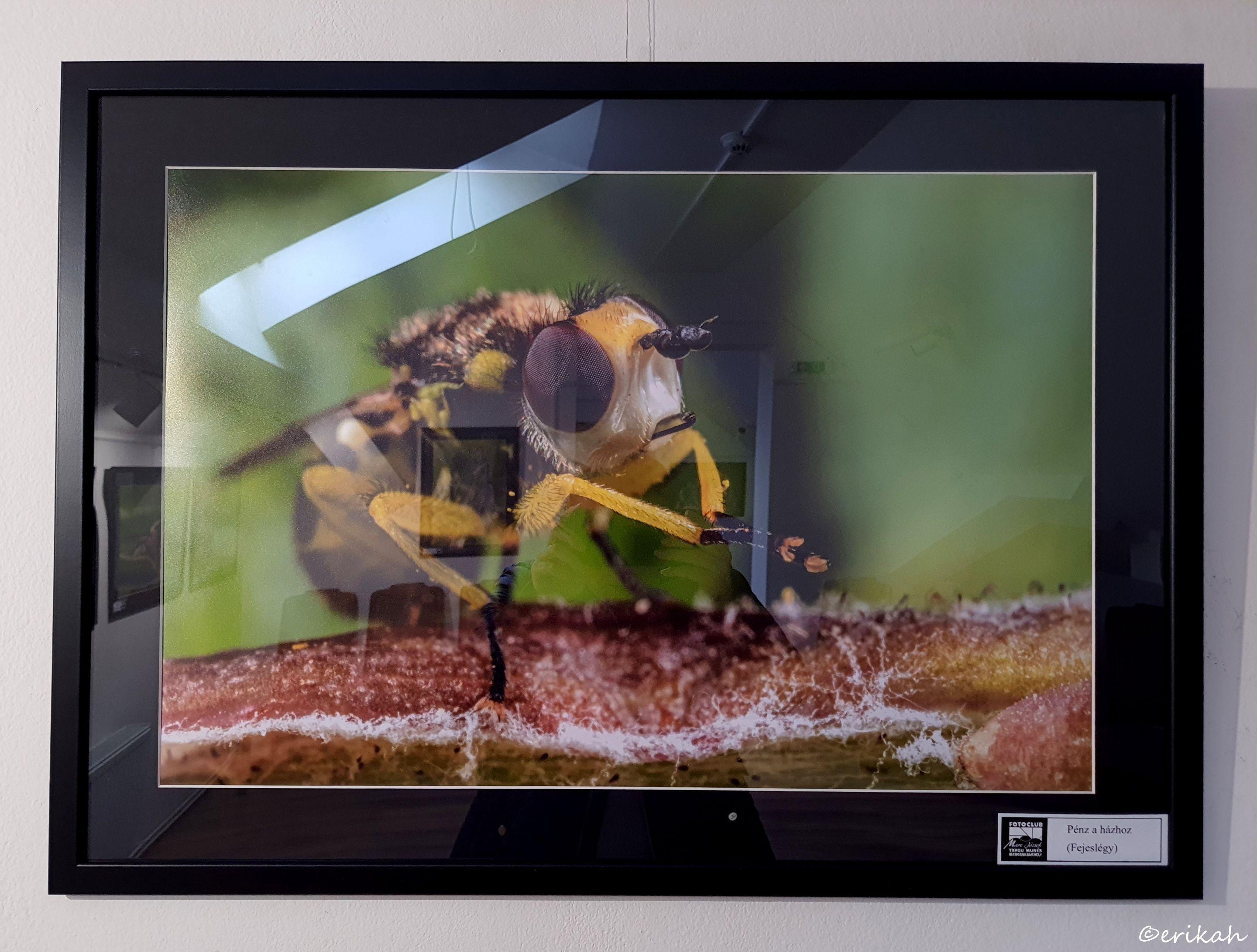
This is a funny one, but can't translate the title, so I'd rather explain it. As you know, flies are usually rubbing together their front feet. Why they are doing that? Don't ask me as I have no idea. Humans are rubbing their hands when they are expecting to get money. There's a saying in Hungarian. When you rub your hands together, because you expect money, you say money to the house. That's what the title means.
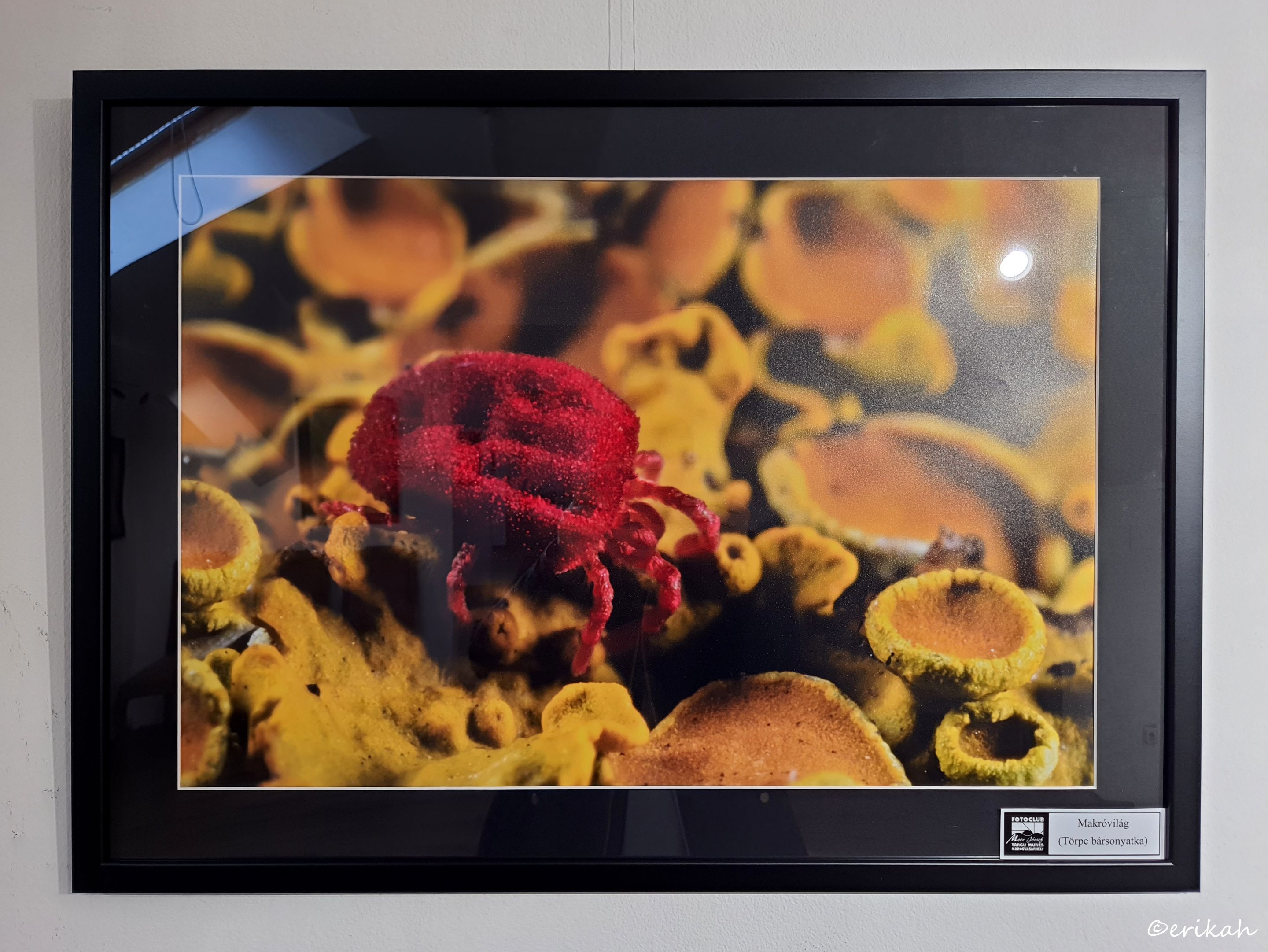
Macro World - Microtrombidium Pusillum
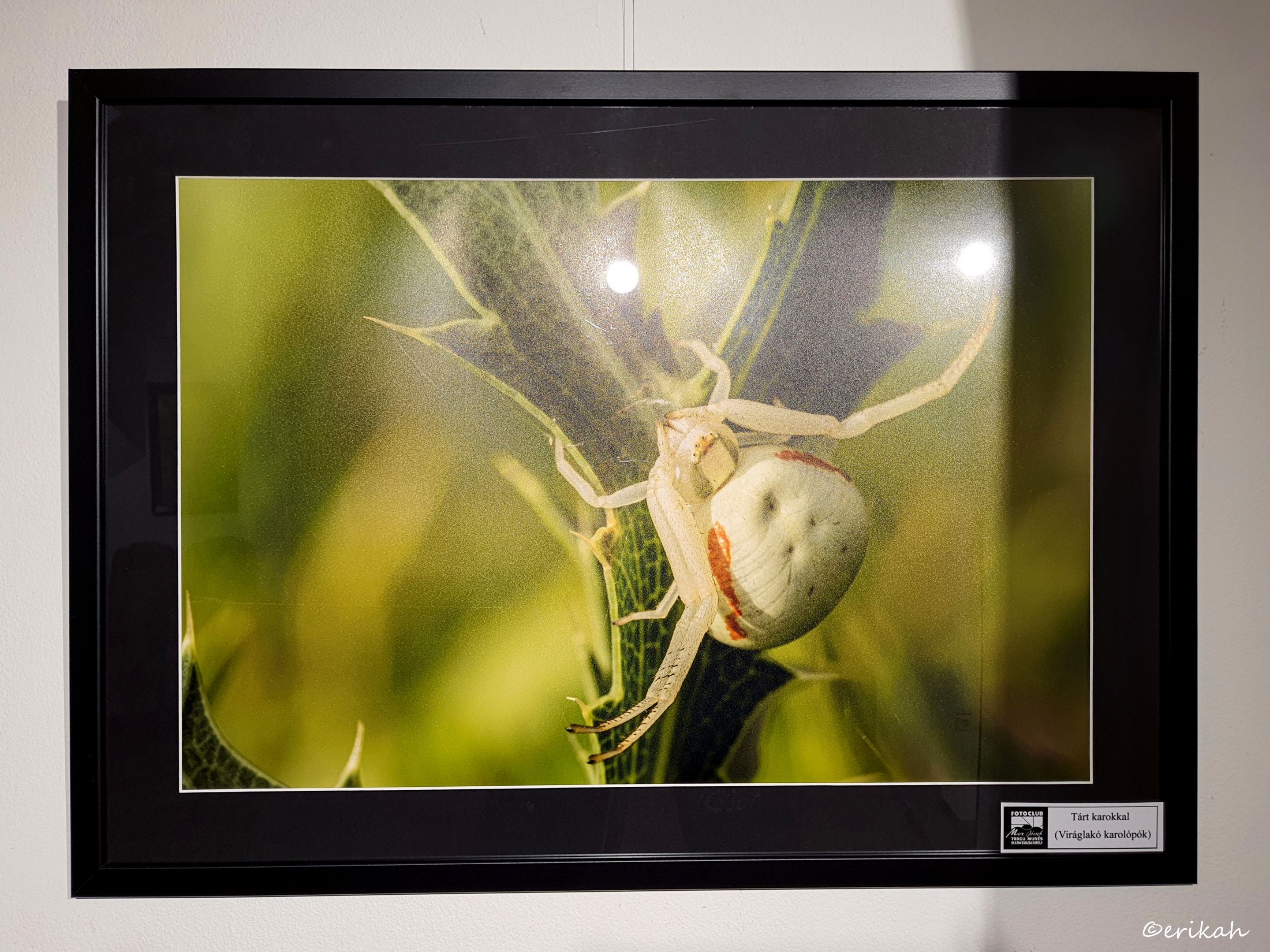
With open Arms - Misumena Vatia
Misumena vatia is a species of crab spider with a holarctic distribution. In North America, it is called the goldenrod crab spider or flower (crab) spider, as it is commonly found hunting in goldenrod sprays and milkweed plants. They are called crab spiders because of their unique ability to walk sideways as well as forwards and backwards. Both males and females of this species progress through several molts before reaching their adult sizes, though females must molt more to reach their larger size. Females can grow up to 10 mm (0.39 in) while males are quite small, reaching 5 mm (0.20 in) at most. Misumena vatia are usually yellow or white or a pattern of these two colors. They may also present with pale green or pink instead of yellow, again, in a pattern with white. They have the ability to change between these colors based on their surroundings through the molting process. source
This is why I love Hive. You can learn so much while you're doing your research. So these little creatures can walk sideways as well as forwards and backwards.
You have all kinds of creatures here. Let me know if these are as scary as the first batch and if you have a favorite. Let's see who's brave enough today :) Last time there was no one who liked them.

If you're a newbie, you may want to check out these guides:
- Communities Explained - Newbie Guide
- Cross Posting And Reposting Explained, Using PeakD
- Hive Is Not For Me
- How To Pump Your Reputation Fast - Newbie Guide
- Tips And Tricks & Useful Hive Tools For Newbies
- More Useful Tools On Hive - Newbie Guide
- Community List And Why It Is Important To Post In The Right Community
- Witnesses And Proposals Explained - Newbie Guide
- To Stake, Or Not To Stake - Newbie Guide
- Tags And Tagging - Newbie Guide
- Newbie Expectations And Reality
- About Dust Vote And Hive Reward Pool, by libertycrypto27
